Retro Replay Review
Gameplay
Madō Monogatari III: Kyūkyoku Joō-sama places you squarely in the boots of young Arle Nadja as she explores a winding, perilous dungeon in first-person view. From the moment Arle tumbles into the trap, the game’s core loop of exploration and dungeon crawling kicks into high gear. Random encounters with whimsically designed monsters keep each corridor tense, ensuring that even familiar pathways hold the promise of unexpected battles.
Combat unfolds in a classic turn-based format, but with a unique twist: Arle cannot wield a sword or lance. Instead, she relies exclusively on her repertoire of magic spells and battle items. This singular focus on spellcasting forces players to think strategically, balancing offensive magic like fireballs or ice shards with healing and status-altering incantations. Item management becomes critical, as conserving healing potions and mana-restoring items can mean the difference between victory and a sudden trip back to the dungeon entrance.
Maze navigation in Madō Monogatari III is more than simply moving from one room to the next. Secret passages, locked doors, and hidden treasure chests entice you to thoroughly scour each level. Puzzles range from simple switch mechanisms to more devious logic challenges, all integrated seamlessly into the dungeon’s architecture. The result is a layered experience that rewards careful mapping, experimentation with spells, and a keen eye for environmental clues.
Graphics
As a late-era PC Engine title, Madō Monogatari III showcases colorful, crisp sprite work that holds up remarkably well for its era. The dungeon walls and floor tiles exhibit a consistent and coherent aesthetic, giving each level a distinct atmosphere—from dank, mossy corridors to torchlit chambers that flicker with warm hues. These visual cues not only distinguish areas but also enhance immersion as you guide Arle deeper into the labyrinth.
Monster designs run the gamut from charmingly bizarre to downright menacing. The frosh king, with his bulbous crown and impish grin, offers a whimsical counterpoint to the more aggressive Minotaur encounters. Battle animations for magic spells add a satisfying punch: bolt of lightning cracks across the screen, while swirling wind spells animate with graceful transparency. Though primitive by modern standards, these effects deliver a nostalgic charm and clear feedback on your actions.
UI elements remain clean and unobtrusive, providing quick access to spell lists, item inventories, and status screens without breaking the flow of exploration. Health and magic bars are prominently displayed, and the text font is legible even on smaller screens. Minor loading pauses between dungeon floors are minimal, ensuring that your journey feels continuous and engaging rather than segmented.
Story
Madō Monogatari III thrusts Arle Nadja back into action with a fresh threat hanging over her head. After vanquishing Satan in her inaugural adventure, Arle’s respite is short-lived when a mysterious woman vows vengeance and summons the formidable Minotaur. This inciting incident sets the tone for a tale that balances lighthearted character moments with the stakes of supernatural revenge.
As Arle flees the Minotaur and plummets into the dungeon, she quickly encounters the imposing frosh king, who implores her to clear the monsters from his underground realm. This alliance introduces a recurring mentor figure who provides guidance, banter, and occasional comic relief. The story steadily reveals hints about the mysterious woman’s identity and her connection to Arle’s past victories, encouraging players to piece together the overarching narrative through dungeon exploration and NPC interactions.
While minimalist by modern RPG standards, the narrative snippets scattered across the dungeon—from cryptic inscriptions to overheard monster chatter—serve as flavorful breadcrumbs. They enrich the motivation behind each spell learned and each corridor traversed, forging a more personal bond between player and protagonist. The result is a concise but satisfying storyline that underpins the game’s addictive dungeon-delving mechanics.
Overall Experience
Madō Monogatari III: Kyūkyoku Joō-sama strikes an impressive balance between challenge and accessibility. Veteran dungeon crawlers will appreciate the tight, strategic combat and the layered mapping puzzles, while newcomers can rely on the game’s clear progression and forgiving save system. Each descent into the dungeon feels meaningful, with tangible rewards —new spells, powerful items, and story revelations— awaiting those who dare to push forward.
The game’s retro presentation carries a nostalgic warmth, engaging players with its charming pixel art and melodic chiptune soundtrack. Despite its age, the title avoids feeling dated, thanks in part to its modernized quality-of-life features, such as auto-mapping and configurable difficulty. These improvements ensure that both purists and first-time roguelike enthusiasts can dive in without frustration.
Ultimately, Madō Monogatari III offers a uniquely magical dungeon-crawling experience anchored by a memorable heroine. The combination of spell-centric combat, labyrinthine level design, and a story that slowly unravels makes it a rewarding journey for anyone seeking a classic RPG adventure. Whether you’re a fan of Arle Nadja’s earlier exploits or new to her world entirely, this game delivers an engaging challenge and a nostalgic trip down pixelated corridors of magic and mystery.
 Retro Replay Retro Replay gaming reviews, news, emulation, geek stuff and more!
Retro Replay Retro Replay gaming reviews, news, emulation, geek stuff and more!
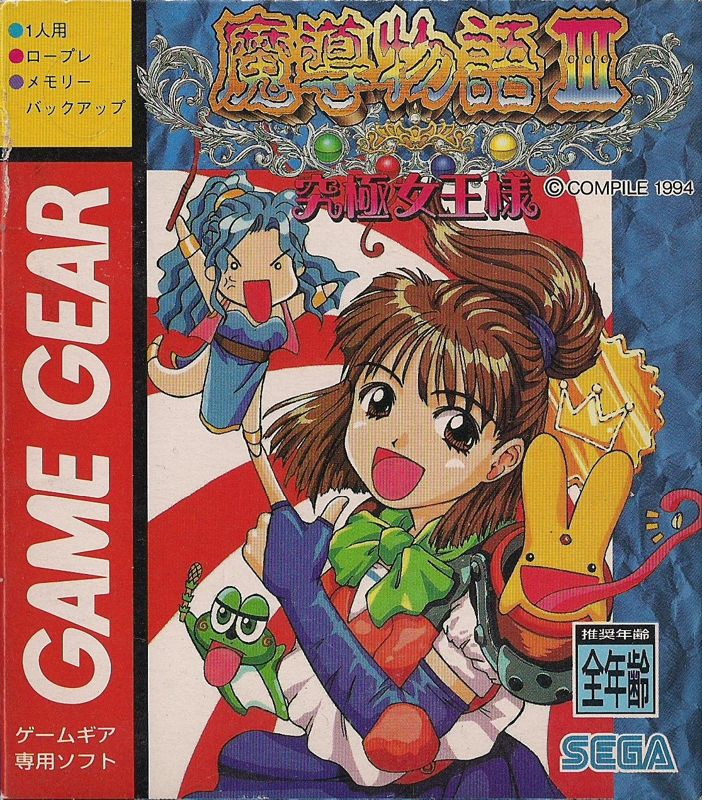
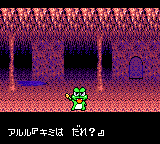
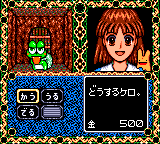
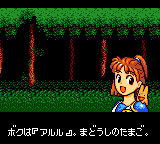
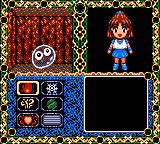
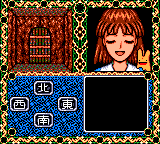



Reviews
There are no reviews yet.